Many exotic cars capture our imagination but never make it to the production line. Often, these vehicles showcase groundbreaking designs and cutting-edge technology. However, due to various factors like market demand, production costs, or corporate strategy shifts, some of these stunning cars remain forever as prototypes. Here are ten exotic cars that, despite their promise, never reached production.
Lamborghini Asterion LPI 910-4
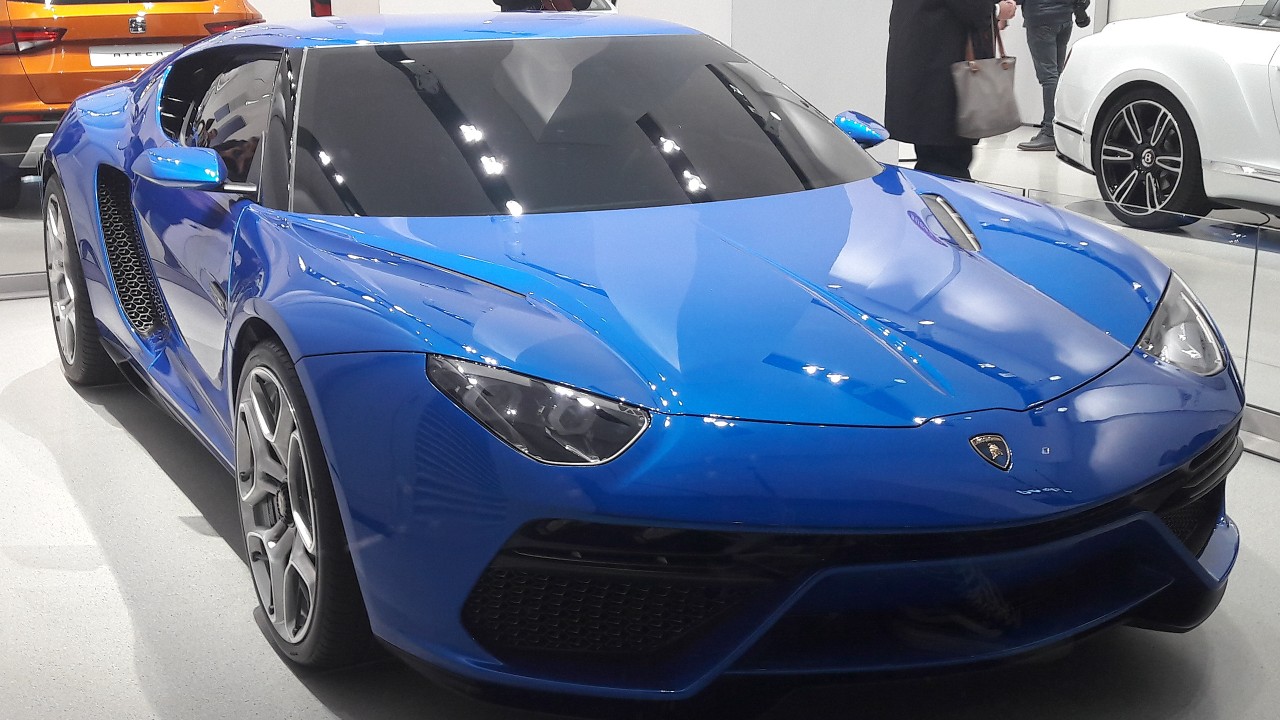
The Lamborghini Asterion LPI 910-4 was unveiled at the 2014 Paris Motor Show as a hybrid hypercar concept. Boasting a combined 910 horsepower from a V10 engine and three electric motors, the Asterion was Lamborghini’s first attempt at a hybrid vehicle. Despite its innovative approach and striking design, the Asterion was shelved as Lamborghini focused more on the Urus SUV and its existing supercar lineup.
While the Asterion never made it to production, it marked a significant moment in Lamborghini’s exploration of hybrid technology. The concept remains a testament to the brand’s willingness to push boundaries, even if just as a testing ground for future developments.
Jaguar C-X75
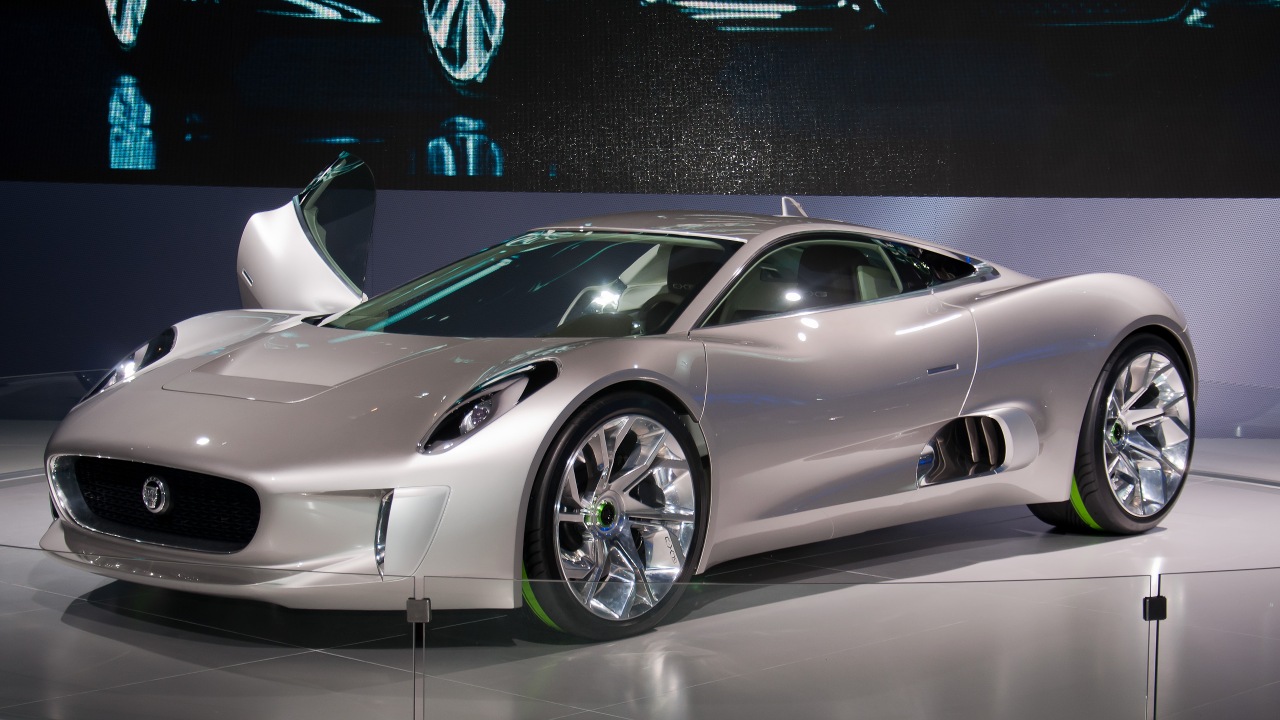
The Jaguar C-X75 was introduced in 2010 as a hybrid-electric, two-seat concept car. With a futuristic design and a powertrain that included a turbocharged and supercharged 1.6-liter engine plus two electric motors, it promised outstanding performance. Jaguar initially planned a limited production run but canceled it in 2012 due to economic conditions.
The C-X75 did, however, find its place in pop culture, appearing in the James Bond film “Spectre.” This appearance allowed car enthusiasts to glimpse what could have been had the C-X75 entered production, reinforcing its legacy as a missed opportunity in automotive history.
Maserati Alfieri
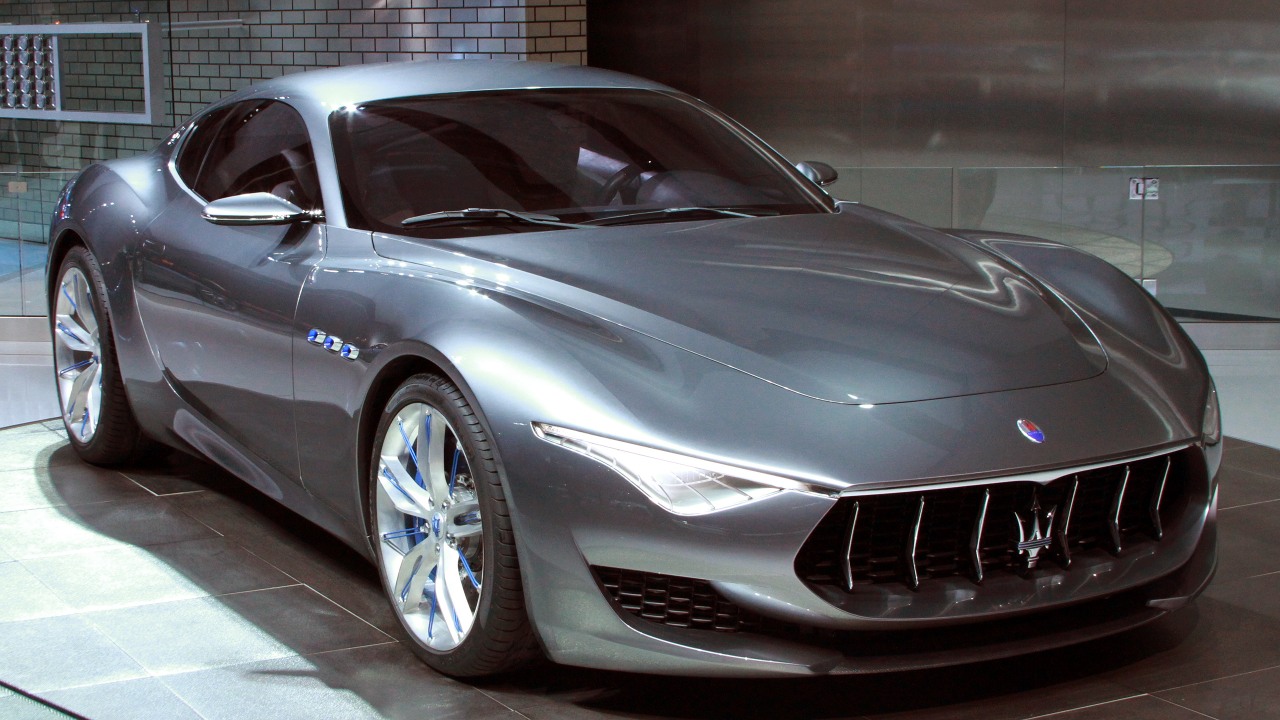
First revealed as a concept at the 2014 Geneva Motor Show, the Maserati Alfieri was meant to herald a new era for the brand, blending classic design elements with modern performance. Named after one of the Maserati brothers, the Alfieri excited fans with its sleek lines and promise of a powerful V6 engine.
Despite several announcements over the years hinting at its production, the Alfieri has yet to materialize. Maserati instead concentrated on updating its existing models and developing new ones, such as the MC20, leaving the Alfieri as a tantalizing concept that never came to fruition.
Aston Martin Bulldog
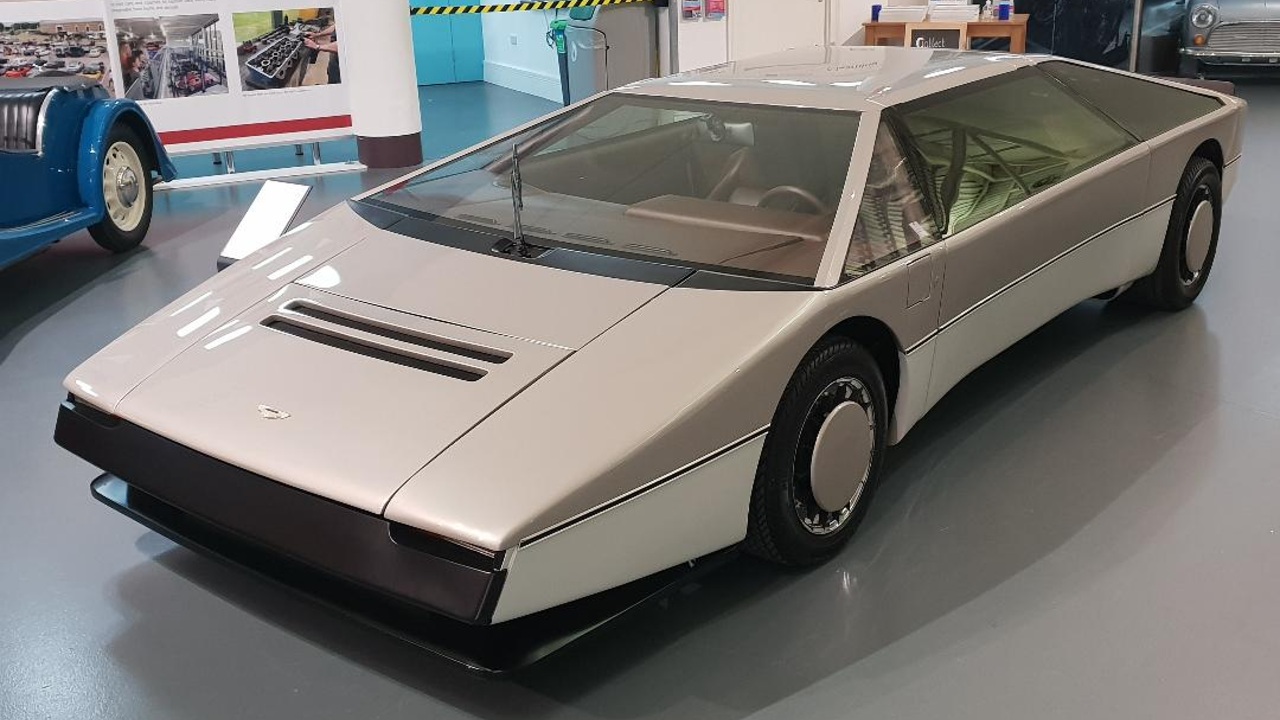
The Aston Martin Bulldog was a bold attempt to create the fastest car in the world back in 1979. Designed to reach 237 mph, the Bulldog featured a unique wedge-shaped body and a twin-turbocharged V8 engine. Aston Martin planned a limited run but ended up building only one prototype due to financial constraints.
Though the Bulldog never entered production, it has become a cult classic among car enthusiasts. Its singular existence and ambitious design continue to captivate, representing a daring era of automotive experimentation.
Cadillac Cien
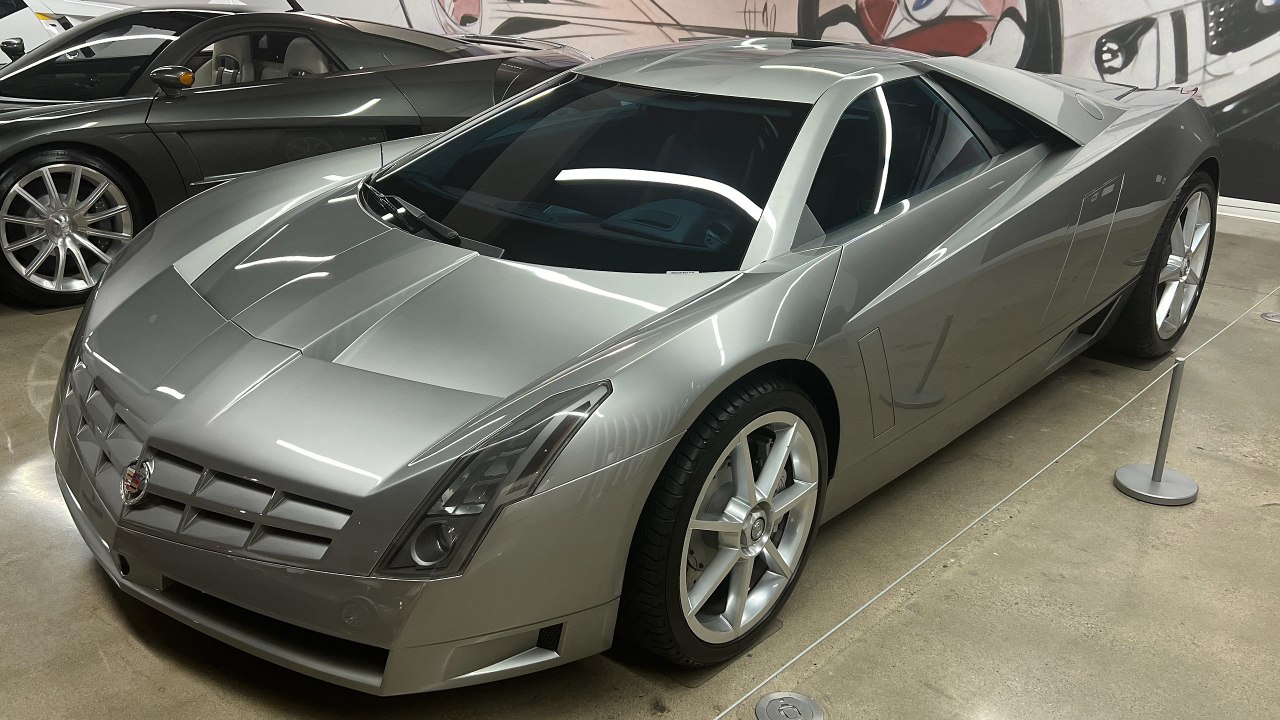
The Cadillac Cien debuted in 2002 to celebrate Cadillac’s 100th anniversary. With a striking angular design and powered by a 7.5-liter V12 engine producing 750 horsepower, the Cien was a statement of Cadillac’s engineering prowess. Despite the excitement it generated, the Cien never went beyond the concept stage.
While the Cien never became a production model, it influenced Cadillac’s design language in subsequent years. Elements of its dramatic styling can be seen in later models, highlighting the concept’s enduring impact on the brand’s aesthetic evolution.
Porsche 918 RSR
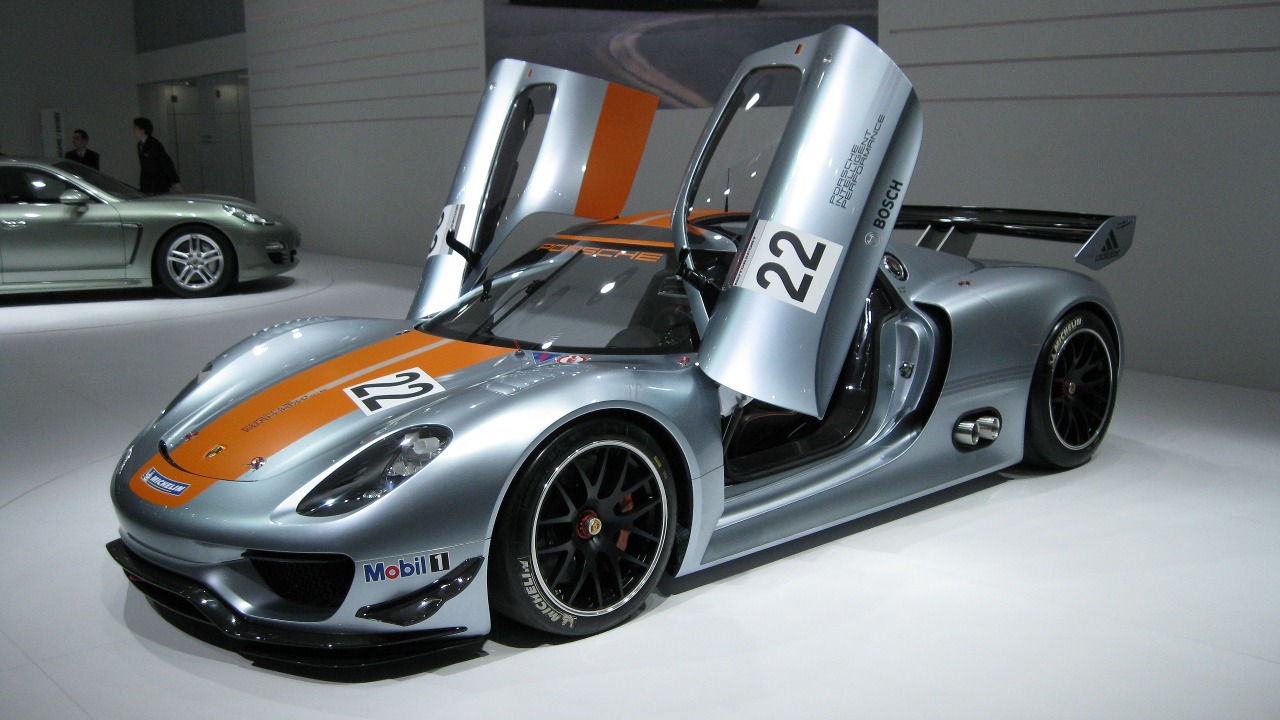
Unveiled at the 2011 Detroit Auto Show, the Porsche 918 RSR was an exciting blend of hybrid technology and racing pedigree. Utilizing a V8 engine paired with two electric motors, it promised a combined output of 767 horsepower. The RSR was essentially a race car version of the 918 Spyder, intended for track dominance.
Despite its potential, the 918 RSR was never produced for public sale. Instead, it served as a technological showcase for Porsche, demonstrating the brand’s commitment to hybrid performance and influencing future models, including the successful 918 Spyder.
Mercedes-Benz C112
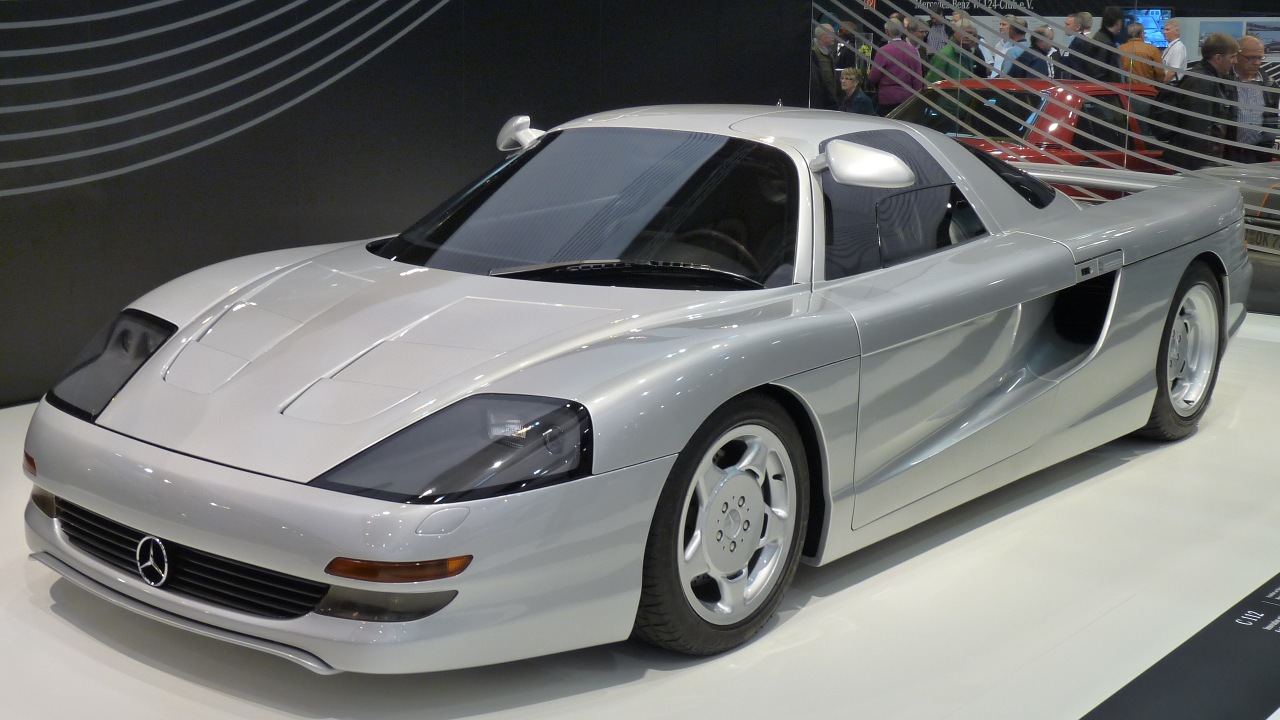
The Mercedes-Benz C112, introduced in 1991, was a concept car that featured active aerodynamics and a 6.0-liter V12 engine. It was a direct descendant of the C111 experimental cars and showcased advanced technology, including electronically controlled suspension and active rear-wheel steering.
Mercedes-Benz ultimately decided against producing the C112, opting to focus on more conventional models. However, the C112 influenced the development of future Mercedes vehicles, particularly in terms of aerodynamic innovation and technological advancements.
Nissan IDX

Debuting at the 2013 Tokyo Motor Show, the Nissan IDX was a modern reinterpretation of Nissan’s classic Datsun 510. With retro-inspired styling and a focus on lightweight construction, the IDX targeted young drivers looking for an affordable, sporty coupe.
Despite positive reception and a clear niche in the market, the IDX never progressed beyond the concept phase. Nissan’s strategic focus shifted to other segments, leaving the IDX as a fond reminder of what could have been a new chapter in affordable sports cars.
Ford GT90
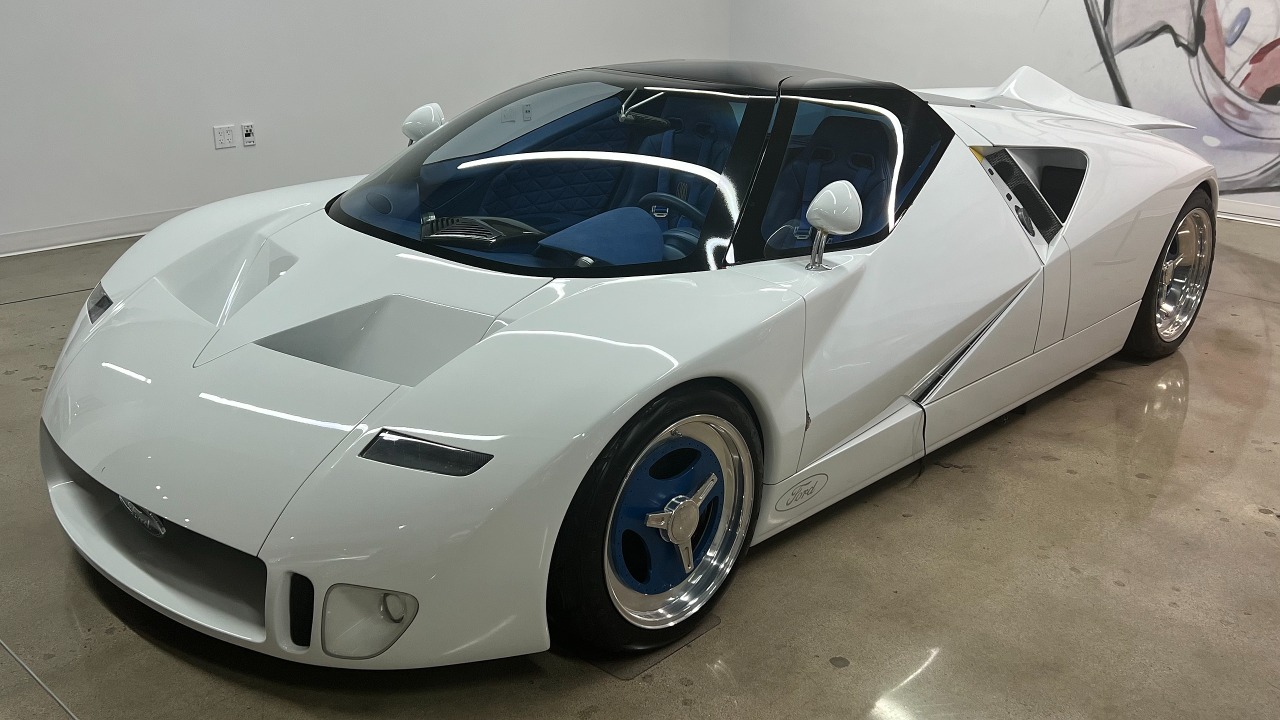
In 1995, Ford unveiled the GT90, a futuristic supercar concept that boasted a quad-turbocharged V12 engine, producing 720 horsepower. With a design inspired by the legendary GT40 and advanced features for its time, the GT90 was intended to be the ultimate supercar.
Although the GT90 dazzled car enthusiasts, it was ultimately deemed too expensive to produce. It remains a remarkable example of Ford’s engineering capabilities and design ambitions, influencing future models like the Ford GT.
Bugatti Galibier
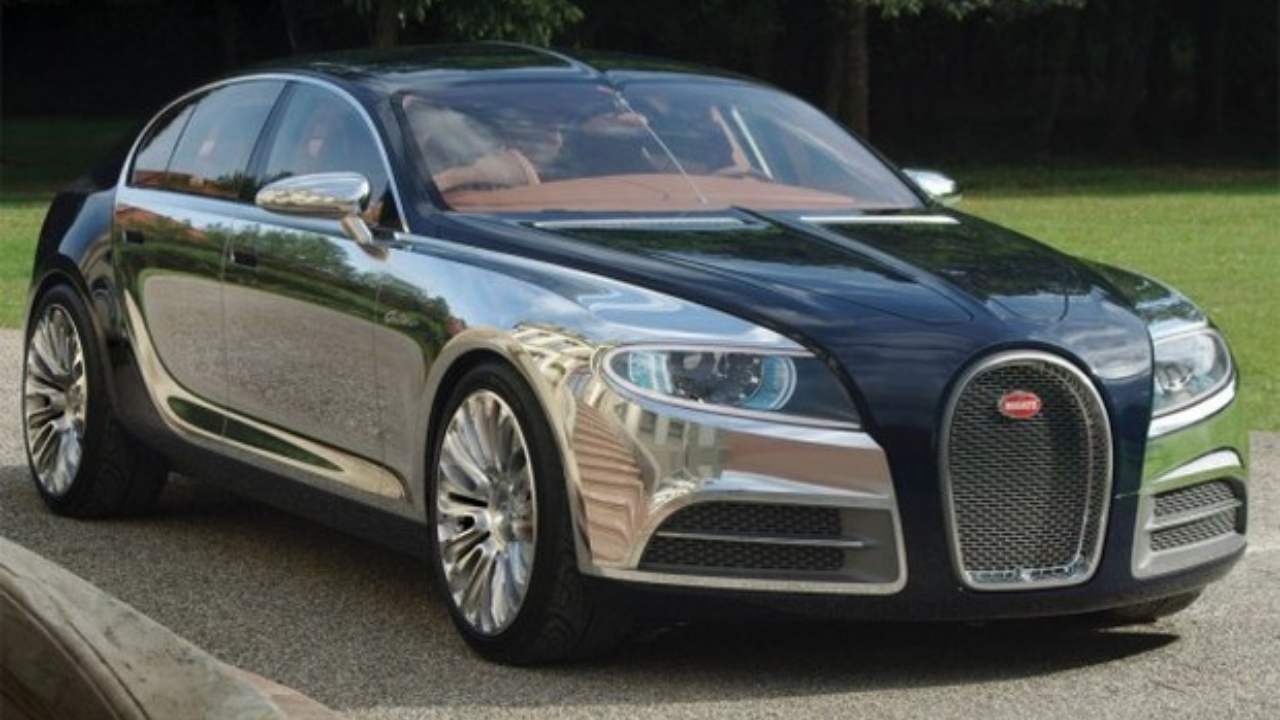
The Bugatti Galibier was introduced in 2009 as a luxurious four-door sedan concept, following the success of the Veyron. With an 8.0-liter W16 engine and opulent interior, the Galibier aimed to redefine luxury and performance in a sedan format.
Despite ongoing interest from potential buyers, production plans for the Galibier were put on hold as Bugatti prioritized the development of its supercars. The Galibier remains a fascinating “what-if” in Bugatti’s history, showcasing the brand’s vision for luxury beyond the realm of hypercars.
Like Fast Lane Only’s content? Be sure to follow us.
Here’s more from us:
*Created with AI assistance and editor review.

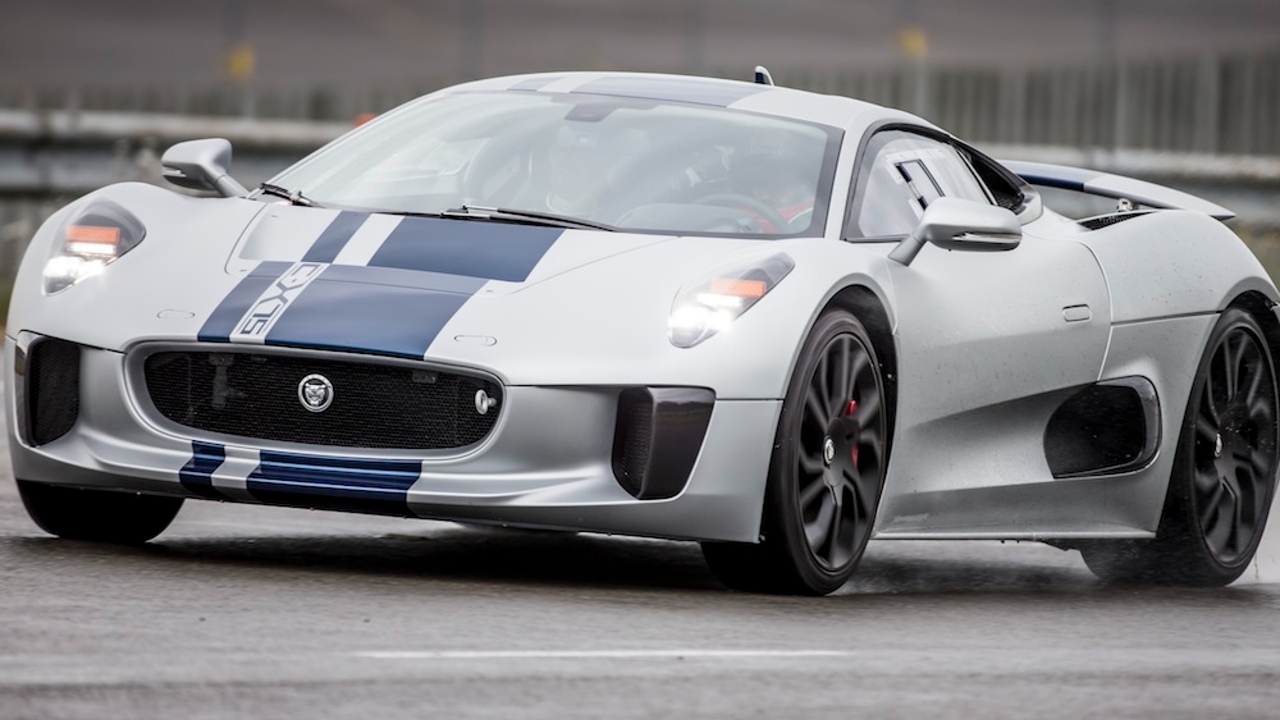
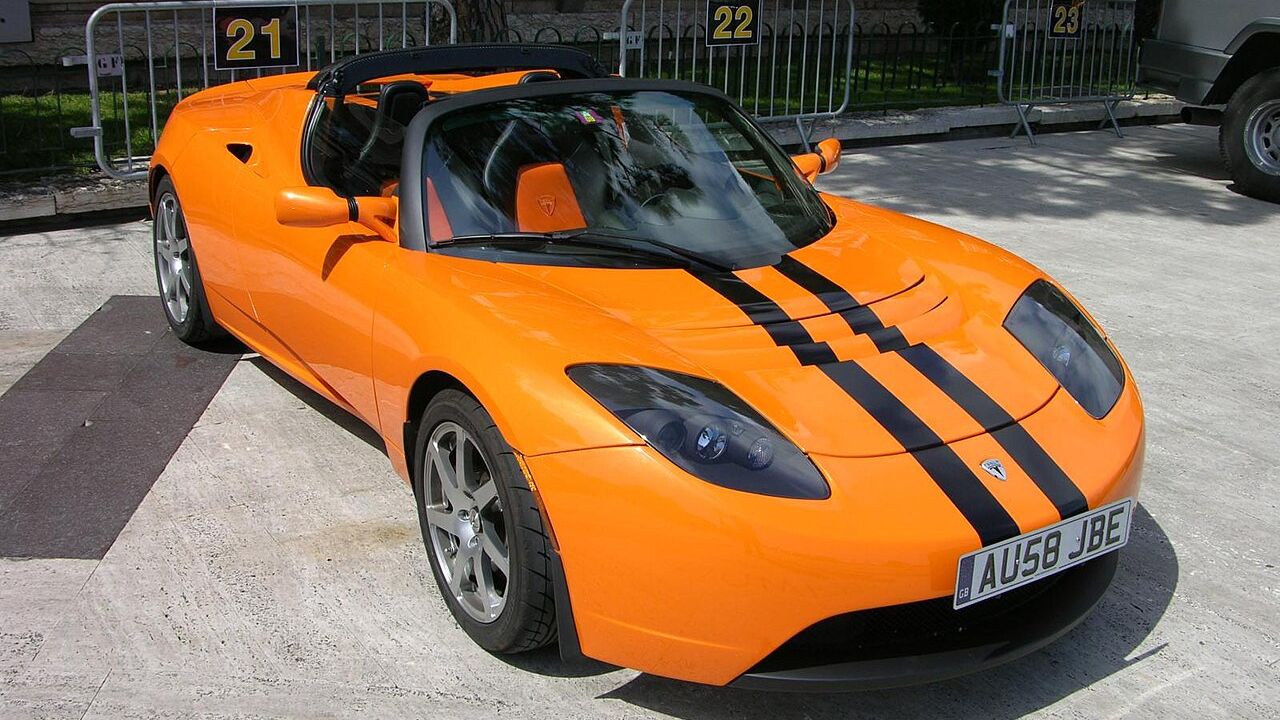
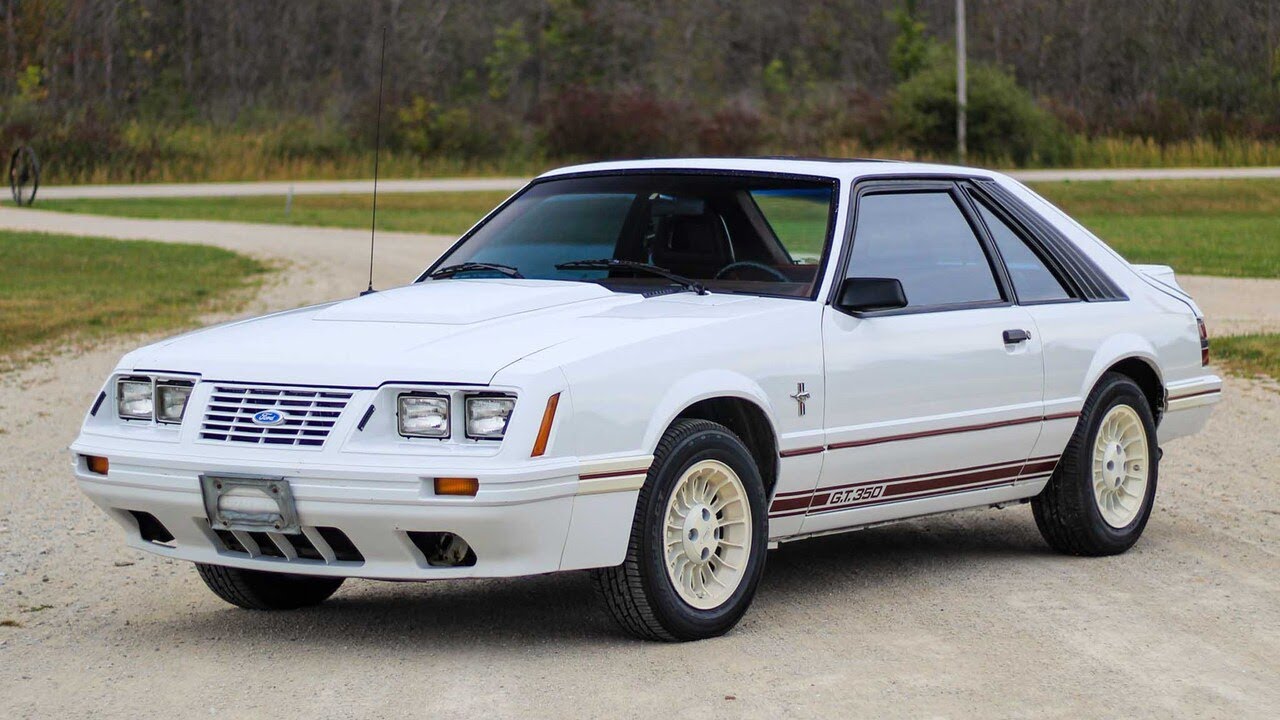

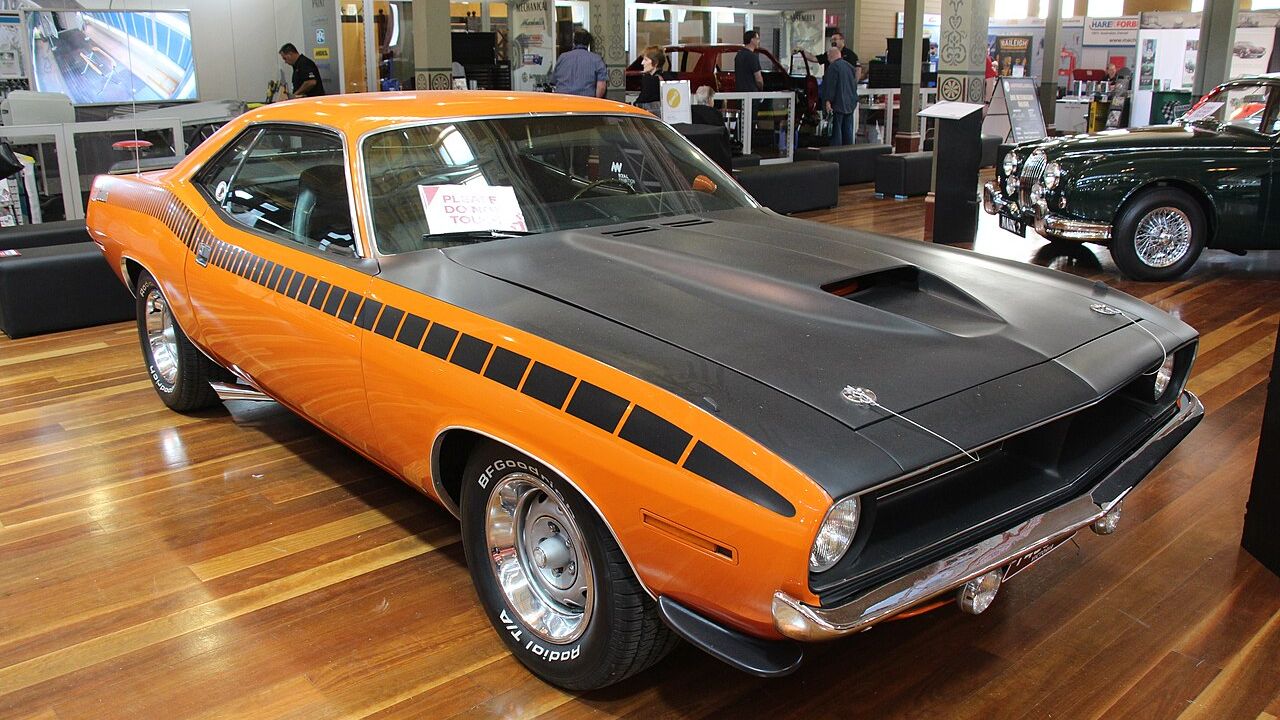
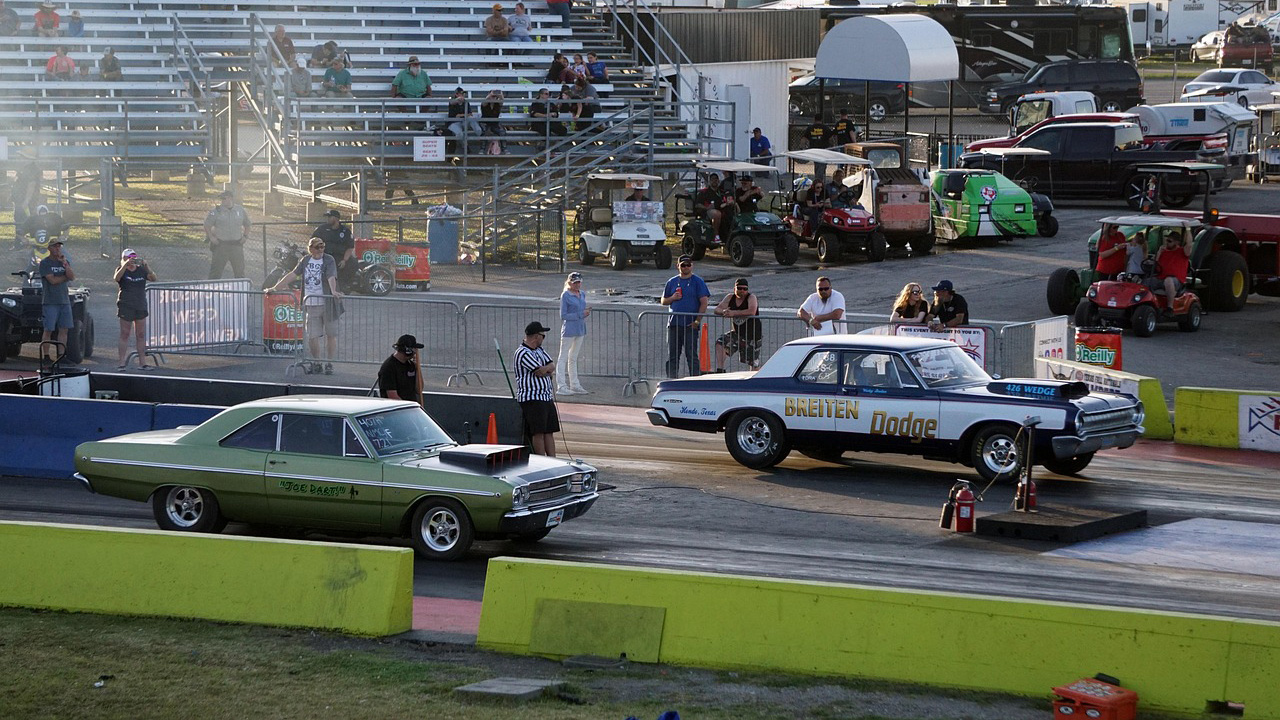
Leave a Reply